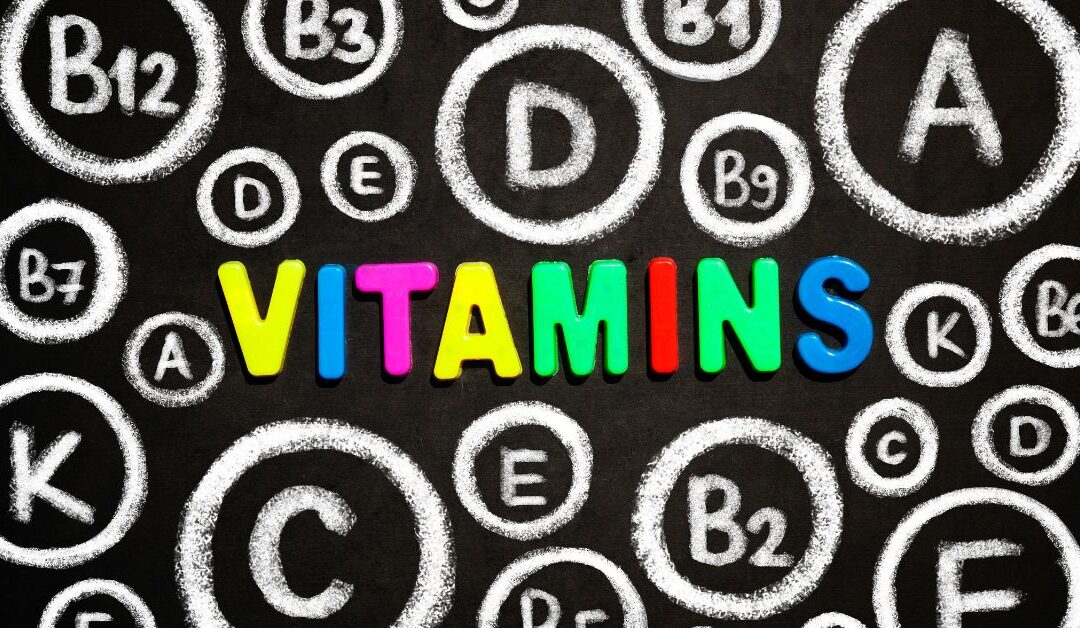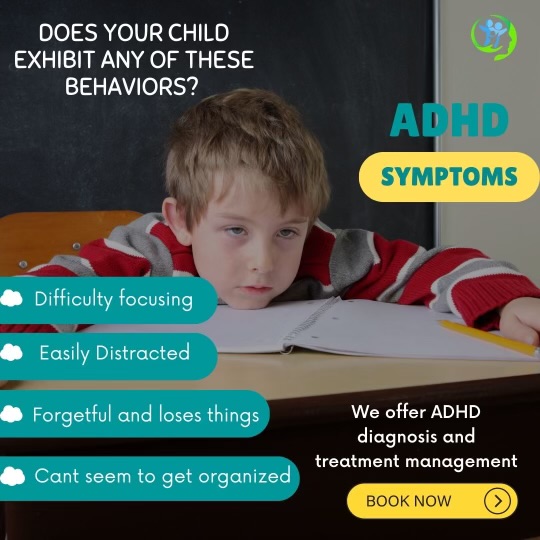Requests/Referrals for IEP
Unlocking the Potential: Individualized Education Program (IEP)
What is an Individualized Education Program (IEP)?
An Individualized Education Program, commonly known as an IEP, is a personalized plan designed to meet the unique educational needs of students with disabilities. It is a legally binding document that outlines specific goals, accommodations, and support services tailored to the individual student, ensuring they receive a comprehensive and inclusive education.
Why is an IEP important?
An IEP plays a pivotal role in empowering students with disabilities to thrive academically, socially, and emotionally. By addressing their strengths and challenges, an IEP provides a roadmap for educators, parents, and students to collaborate effectively, ensuring that the student’s educational journey is tailored to their specific needs and abilities.
Components of an IEP
An IEP consists of several key components that work together to support the student’s success. These components include:
-
Individualized Goals
Each IEP establishes personalized goals based on the student’s unique needs and abilities. These goals encompass academic, behavioral, and functional areas, aiming to enhance the student’s overall development and progress.
-
Accomodations and Modifications
Accommodations and modifications are essential elements of an IEP. Accommodations ensure that students can access the curriculum and participate in classroom activities, while modifications alter the content or expectations to align with the student’s abilities, ensuring their success in the educational environment.
-
Special Education Services
Special education services are tailored interventions and support provided to students with disabilities. These services may include additional instruction, speech therapy, occupational therapy, counseling, or any other specialized services required to meet the student’s unique needs.
-
Regular Progress Monitoring
To ensure the effectiveness of the IEP, regular progress monitoring is crucial. Educators, along with parents and other professionals, assess the student’s progress towards their goals, making necessary adjustments along the way to ensure continuous growth and improvement.
-
Transition Planning
Transition planning is a vital aspect of an IEP, especially for students approaching graduation or transitioning to a new educational setting. It focuses on preparing students for post-secondary education, employment, and independent living, ensuring a seamless transition into adulthood.
Collaboration and Communication
An effective IEP is built upon collaboration and open communication among all stakeholders. Parents, educators, specialists, and the student work together as a team, sharing insights, concerns, and successes to ensure the IEP remains responsive to the student’s evolving needs.
Benefits of an IEP
The benefits of an IEP extend far beyond the classroom walls. Some of the key advantages include:
-
Tailored Education
An IEP provides a tailored education that focuses on the student’s unique strengths and challenges. By addressing individual needs, it promotes personalized learning and maximizes the student’s potential.
-
Inclusion and Equity
By law, an IEP ensures that students with disabilities have equal access to education. It promotes inclusion, fostering a supportive and inclusive learning environment where every student can thrive.
-
Empowerment and Self-Advocacy
An IEP empowers students to become active participants in their educational journey. It encourages self-advocacy skills, helping students develop the confidence to express their needs, preferences, and goals.
-
Long-Term Success
With an IEP, students are better equipped to achieve long-term success. By addressing their unique needs and providing appropriate support, an IEP sets the stage for academic achievements, personal growth, and future independence.
Conclusion
An Individualized Education Program (IEP) is a powerful tool that unlocks the potential of students with disabilities. By tailoring education to their specific needs, an IEP fosters inclusion, empowerment, and long-term success. Through collaboration and a commitment to personalized learning, we can ensure that every student receives the support they need to thrive and reach their full potential.
According to national data, about 9.4% of U.S. children, including 2.4% of children aged 2-5 and 4%-12% of school-aged children, are affected by ADHD. Boys are more commonly diagnosed than girls, but both genders might show symptoms of an additional mental disorder or have learning and language difficulties.
ADHD is a chronic brain condition that makes it challenging for children to control their behavior. It affects various aspects of their lives, such as relationships with siblings and peers, learning, and impulsivity, which may sometimes put them in risky situations.
The good news is that effective treatments are available. If your child has ADHD, your pediatrician can provide a long-term treatment plan to help them lead a happy and healthy life. As parents, you play a crucial role in this treatment journey.
Not all children with ADHD have all the symptoms. Children with ADHD may have one or more of the symptom groups listed in the table above.
The symptoms are usually classified by the following types of ADHD:
Inattentive only
(formerly known as attention-deficit disorder ‘ADD’)
Children with this form of ADHD are not overly active. Because they do not disrupt the classroom or other activities, their symptoms may not be noticed.
Hyperactive / Impulsive
Children with this type of ADHD show both hyperactive and impulsive behavior, but they can pay attention. They are the least common group and are frequently younger.
Combined Inattentive / Hyperactive / Impulsive
Children with this type of ADHD show a number of symptoms in all 3 dimensions. It is the type that most people think of when they think of ADHD.
If your child has shown symptoms of ADHD on a regular basis for more than 6 months, discuss this with your pediatrician.
Realize, it is normal for all children to show some ADHD symptoms from time to time. Your child may be reacting to stress at school or home, bored, or just going through a difficult stage of life. It does not mean he or she has ADHD.
Sometimes a teacher is the first to notice inattention, hyperactivity, and/or impulsivity and bring these symptoms to a parent’s attention. Other times, questions from the pediatrician raised the issue.
At routine visits, pediatricians often ask questions such as:
- “How is your child doing in school?”
- “Are there any problems with learning that you or your child’s teachers have seen?”
- “Is your child happy in school?”
- “Is your child having problems completing class work or homework?”
- “Are you concerned with any behavior problems in school, at home, or when your child is playing with friends?”
Your answers to these questions may lead to further evaluation for ADHD. Remember, leaving ADHD untreated might lead to serious, lifelong challenges, such as academic struggles, legal issues, difficulties in relationships, and job instability.
We are here to support you and your child through this journey, so feel free to reach out if you have any concerns or questions. Together, we can help your child thrive and overcome any obstacles.






 Your content goes here. Edit or remove this text inline or in the module Content settings. You can also style every aspect of this content in the module Design settings and even apply custom CSS to this text in the module Advanced settings.
Your content goes here. Edit or remove this text inline or in the module Content settings. You can also style every aspect of this content in the module Design settings and even apply custom CSS to this text in the module Advanced settings.